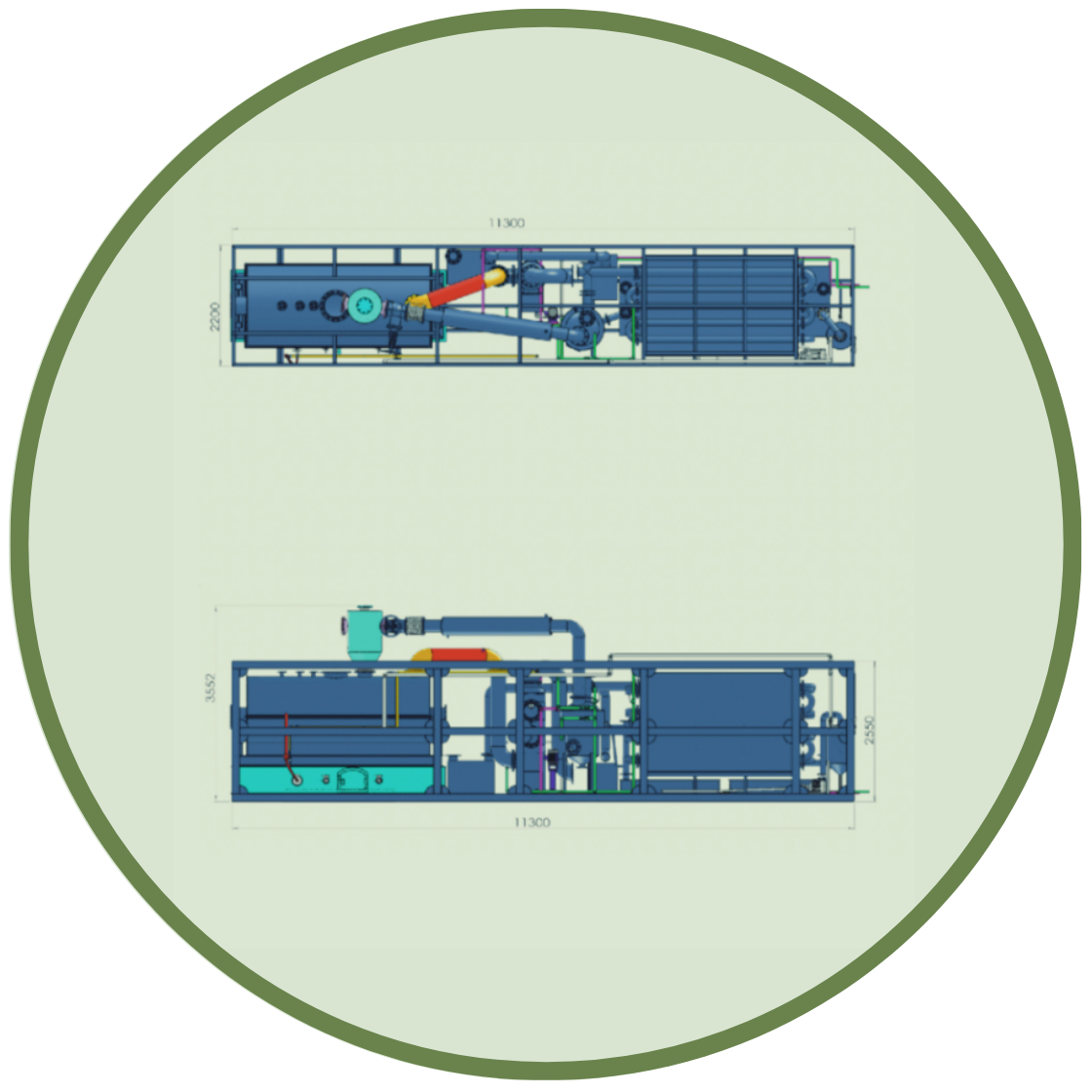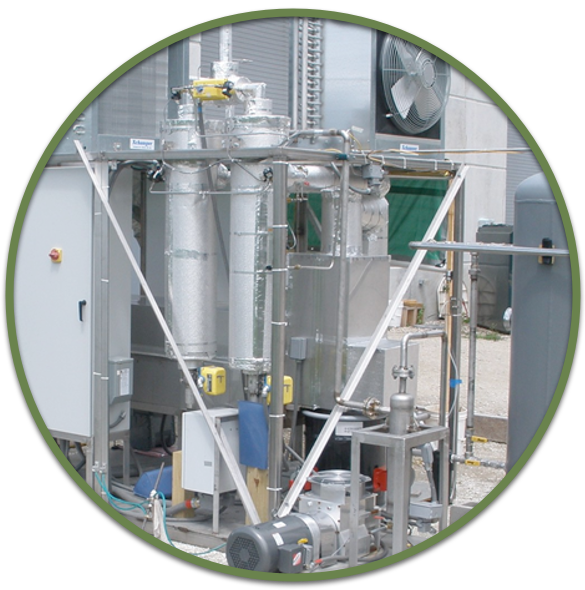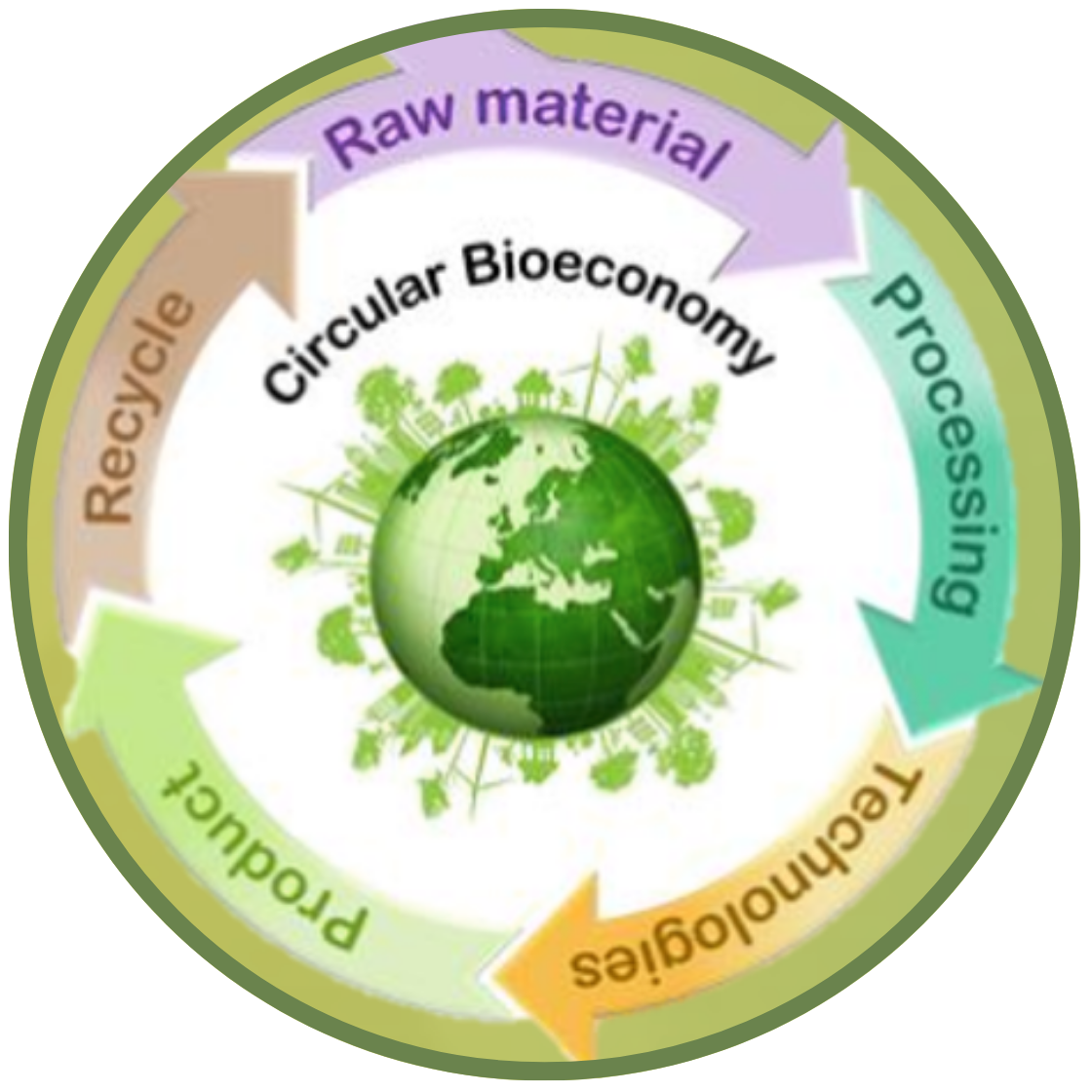HiPoint Energy
Solving the low-cost energy crisis of the 21st century. Naturally.
HPE is changing the energy market through accessible and portable on-site biomass-to-energy conversion. The portable and modular systems convert green waste into renewable fuels and non-labile biochar using advanced indirectly heated pyrolytic gasification (IHPG) technology and adjustable operational parameters to support agriculture, rural villages, and the global market.
Mission
Vision
Our vision is to be the leader in off-grid power utility systems, utilizing patented and innovative technologies. We envision a future where our innovative biomass conversion systems revolutionize energy creation, storage, and consumption, providing efficient, low-cost, sustainable solutions for the globe.
About HiPoint Energy

HiPoint Energy System
HPE for Your Operation

Contact HiPoint Energy
Invest in your future today! Naturally.The HPE Value
HiGrade BioFuels






